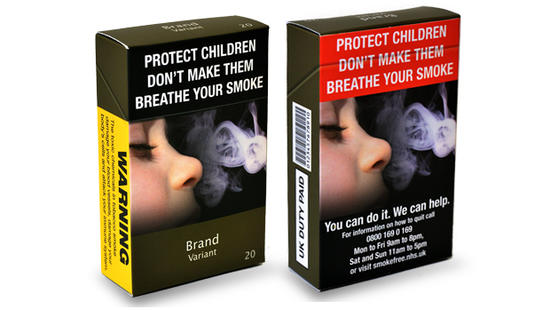Here's how Amazon explained it to authors (italics added for emphasis):
Beginning July 1, 2015, we'll switch from paying Kindle Unlimited (KU) and Kindle Owners' Lending Library (KOLL) royalties based on qualified borrows, to paying based on the number of pages read. We're making this switch in response to great feedback we received from authors who asked us to better align payout with the length of books and how much customers read. Under the new payment method, you'll be paid for each page individual customers read of your book, the first time they read it.
Media coverage of the new pricing mentions how it could influence authors to write page-turners to encourage readers to read quickly so Amazon will pay quickly. Or influence authors to write longer books to get paid more as readers read. Canadian Business notes that this pricing policy is a way to objectively assess the value of an e-book to readers, and pay authors according to that value.
Although some authors worry that they will see lower payments, others believe that the new pricing will lead to higher quality. However, books by best-selling authors are generally not part of Amazon's Kindle library and therefore not subject to this new pricing. So pricing by the page is mainly an innovation applied to e-books by indie authors, at least for now.
Overall, pricing of books has gotten increasingly complex over time. Buyers can purchase a printed or electronic book, or 'borrow' from the library (at one low subscription price per year) or 'hire' a textbook for a specific period. Not surprisingly, the complexities can be confusing to both readers and authors. Will pricing by the page establish itself as a long-term policy?









